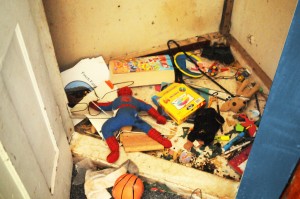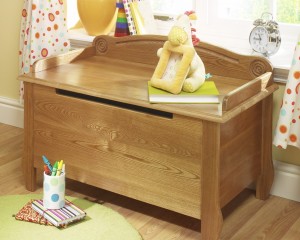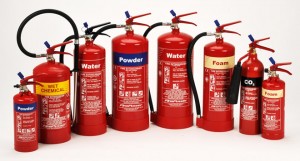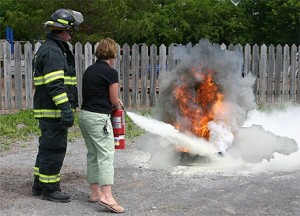Children’s Toy Box Worth £1,200 of Toys
Toy Box
Children toy box are nowadays enjoying the company of a toy collection worth a staggering £1,200 as parents struggle to balance big-ticket tech toys with traditional play.
Though many families are feeling the pinch, new research has revealed that the average 3-10-year-old’s bedroom is filled with a whopping £1,200 worth of toys – almost five times the value of toys parents had when they were youngsters.
So with that amount of money in toys laying around, why not think about a toy box to store them in.
Kids toy box come in a wide assortment of styles, shapes, and sizes. Their popularity comes from the fact that they provide the perfect solution for parents who are looking for a practical way to store and organize their kids’ toys, stuffed animals, and other trinkets. Aside from their storage purposes, toy box also help minimize clutter. Although appearance may play a role in selecting toy box, safety must be the primary factor that parents need to keep in mind. Kids love to be around their toys, so you must go for a chest toy box that ensures your child’s safety.
More often than not, kids toy box are built and designed without keeping safety in mind. The Consumer Product Safety Commission states that a toy box that has a hinged lid must be equipped with a lid support that will keep the lid open regardless of its position. When shopping for toy boxes, thoroughly inspect your box of choice, making sure it has the lid supports that are recommended by the commission. Toy box must be designed for safety. Their lids must have the ability to remain in position when they are opened or lifted up. Thus, the lid supports are the most important thing to consider in selecting your toy boxes. Kids toy box need to be equipped with lid supports that are well designed. This feature provides parents the assurance that when their kids are bent over their toy boxes, trying to get some of their toys, the lid will not slam down or fall atop the kids.
Toy box can be personalised to suit any persons style and taste, this can be having your own choice of paint or even having your child’s name painted on to there toy box so that they know that it is theirs and take ownership in there toys and also looking after them. For more information
Types of Fire Extinguishers
Importance Of A Fire Extinguisher In The Home
A fire extinguisher, flame extinguisher, or simply an extinguisher, is an active fire protection device used to extinguish or control small fires, often in emergency situations. It is not intended for use on an out-of-control fire, such as one which has reached the ceiling, endangers the user (i.e., no escape route, smoke, explosion hazard, etc.), or otherwise requires the expertise of a fire department. Typically, a fire extinguisher consists of a hand-held cylindrical pressure vessel containing an agent which can be discharged to extinguish a fire.
Identify What Is On Fire
This may sound like a silly question but get this wrong and it could be disastrous. You must be recognise the type of fire before grabbing the nearest extinguisher.
Believe it or not materials are placed into a class system if they burst into flames or are part of a fire. These classes include:
- Class A materials – These include solid materials such as wood, types of plastics and paper.
- Class B – These are all flammable liquids, so these include petrol, oil, and many other combustible liquids.
- Class C – This type of fire is quite rare and involves combustible gases that are used in such places as universities. These gases include methane, butane, and propane.
- Class D – Electrical fires full into this category so items include kitchen appliances, faulty wiring and electrical distribution boards.
- Class E type. Cooking oil and fat as well as other kitchen cooking material, which are of the greasy kind, would be found under the Class F kind.
Types of fire extinguisher
Water – This fire extinguisher is colour-coded red and can be used for Class A fires, ie solids only, such as wood, paper and fabrics. Not suitable for Class B liquid fires, eg paraffin, petrol, oil fires or where electricity is involved. It works by cooling burning material.
CO2 fire extinguishers are suitable for use on Class B fires and fires with an electrical complication. Its most typical application is for use on office machinery and IT equipment. In most cases they are not appropriate as the principle extinguisher type in a building as they are unable to achieve an A class rating.
Powder fire extinguisher are suitable for use on Classes A B C and electrical fires. It is a highly effective extinguishant but does present other problems. It drastically reduces visibility, it can cause choking and respiratory distress in confined spaces. It causes a great deal of mess and on exposure to atmospheric moisture can become corrosive.
Foam – This fire extinguisher is colour-coded cream and is more versatile than water. It can be used for both Class A and B fires, but is not recommended for fires involving electricity. This extinguisher forms a blanket or film on the surface of a burning liquid.
Wet chemical – This specialist fire extinguisher is colour-coded yellow and is used for Class F cooking oil or fat fires only.



